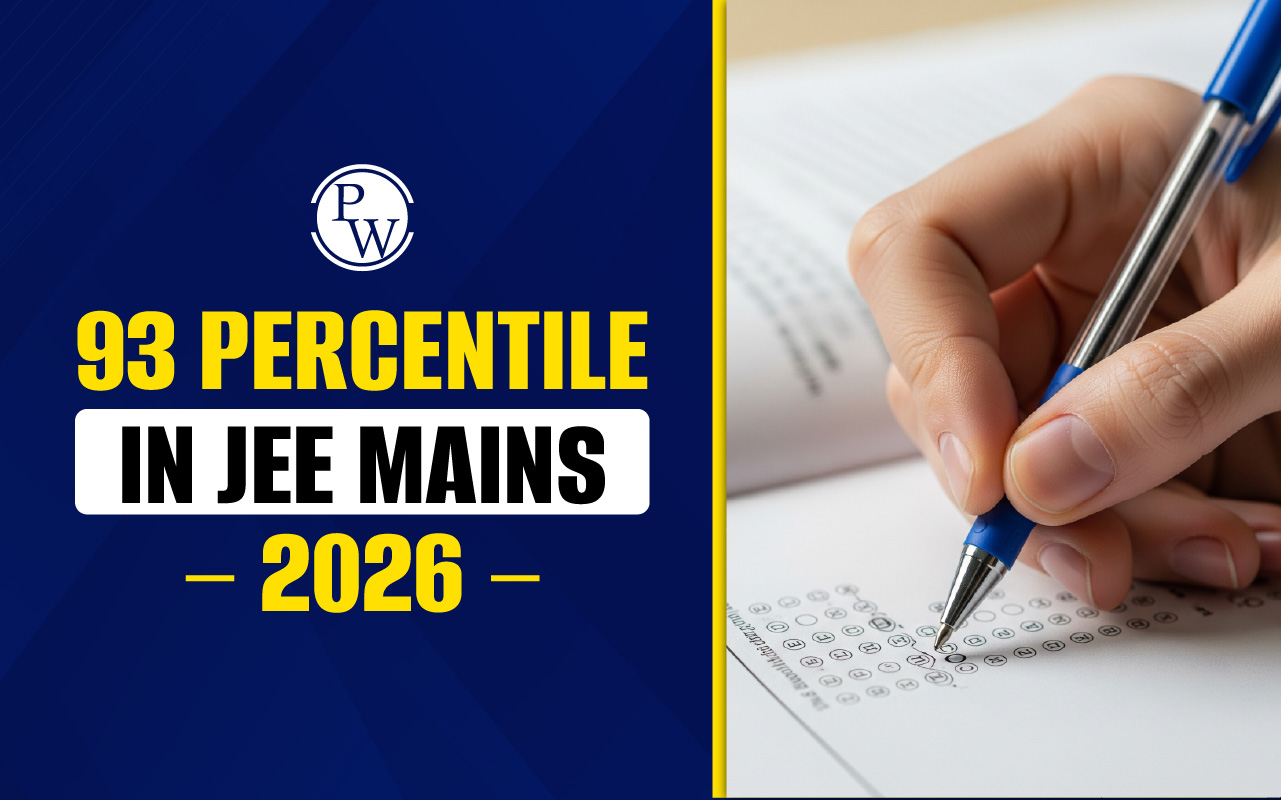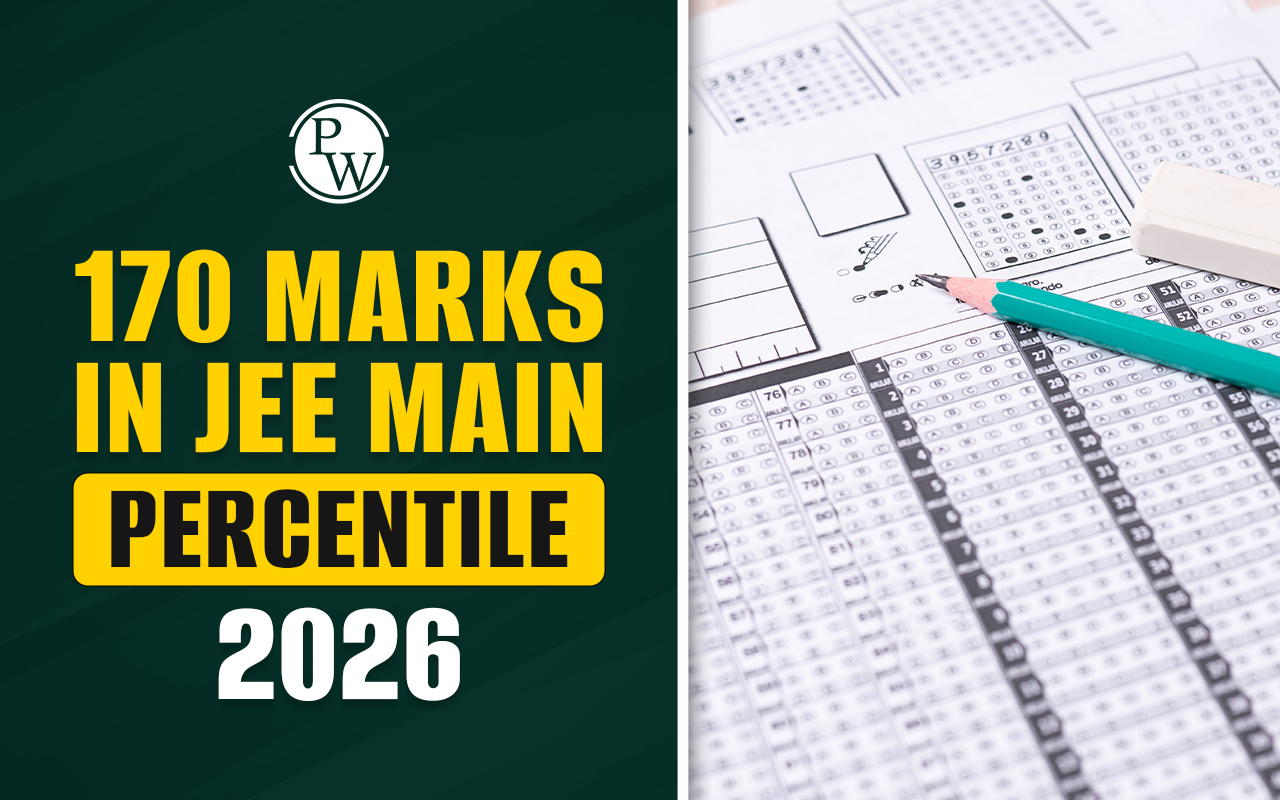
Chemical Kinetics JEE Notes: The Chemical Kinetics chapter is one of the important chapters in JEE chemistry. Under this chapter, candidates need to understand the rate of chemical reactions, their mechanism, and other factors. Covering this chapter in detail will help students score better.
These Chemical Kinetics JEE Notes provide a complete guide for students preparing for the JEE Main and Advanced exams. The notes cover formulas, solved examples, and important questions that help aspirants strengthen their concepts and problem-solving skills.
Chemical Kinetics JEE Notes Overview
Chemical Kinetics studies the speed of chemical reactions and the factors affecting them. It helps in understanding:
-
How concentration changes affect reaction rate
-
The role of temperature and catalysts in reactions
-
The concept of reaction order and molecularity
-
The half-life of reactions
These JEE main notes for Chemical Kinetics include all the key formulas, solved examples, and frequently asked questions. By using these notes, students can save time and revise efficiently before the exams.
Chemical Kinetics JEE Notes
Chemical Kinetics JEE Notes provide a comprehensive overview of reaction rates, order, and molecularity of reactions, and more. These are prepared to help candidates understand key concepts clearly and enhance problem-solving skills for JEE Main and Advanced exams.
The notes include formulas, important points, and illustrative examples to aid quick revision. Aspirants can download the complete Chemical Kinetics JEE Notes from the link provided below for effective preparation and study.
Chemical Kinetics Formulas JEE
Below is a table that covers all the important Chemical Kinetics Formulas JEE. Candidates can refer to the table given here for more streamlined accessibility:
|
Concept |
Formula |
Explanation |
|
Rate of Reaction |
|
Rate of change of concentration of reactants/products for reaction |
|
Rate Law |
|
Mathematical relation expressing rate as a function of reactant concentrations; m,nm,nm,n are reaction orders |
|
Order of Reaction |
|
Sum of powers of concentration terms in rate law |
|
Zero-Order Reaction |
|
Rate independent of concentration; half-life depends on initial concentration |
|
First-Order Reaction |
|
Rate proportional to concentration; half-life constant |
|
Nth-Order Reaction (n ≥ 2) |
|
General formula for reactions higher than first order |
|
Parallel Reaction |
|
For two competing reactions starting from same reactant |
|
Hydrolysis of Sucrose |
|
Used to study rate of sucrose hydrolysis; α = rotation |
|
Temperature Coefficient |
|
Factor by which rate increases on 10°C rise |
|
Arrhenius Equation |
|
Relates rate constant k with temperature; Ea = activation energy, A = frequency factor |
|
Collision Theory |
|
Reaction occurs when molecules collide with sufficient energy and proper orientation |
|
Radioactive Decay |
|
Decay of radioactive substances; λ = decay constant |
|
Integrated Rate for General Reaction |
|
Rate law integration gives concentration vs. time relation |
Chemical Kinetics Important Questions
Based on the Chemical Kinetics JEE Notes provided, here is the list of important questions. Check Chemical Kinetics Important Questions to prepare effectively:
| Chemical Kinetics Important Questions | |||
| S. No | Topic | Type of Question / Focus Area | Notes / Tips |
| 1 | Rate Laws | Determine rate expressions for reactions | Focus on order with respect to each reactant and overall order |
| 2 | Zero-Order Reactions | Time-dependent concentration changes | Use integrated form: ([A]_t = [A]0 - kt); calculate half-life (t{1/2} = [A]_0/2k) |
| 3 | First-Order Reactions | Exponential decay problems | Integrated form: ([A]_t = [A]0 e^{-kt}); half-life (t{1/2} = 0.693/k) |
| 4 | Nth-Order Reactions (n ≥ 2) | Concentration-time relationships | Use formula: (1/[A]_t^{n-1} - 1/[A]0^{n-1} = (n-1)kt); half-life (t{1/2} = 1/((n-1)k[A]_0^{n-1})) |
| 5 | Parallel Reactions | Multiple pathways | Total rate: (Rate = (k_1+k_2)[A]); ([A]_t = [A]_0 e^{-(k_1+k_2)t}) |
| 6 | Hydrolysis of Sucrose | Optical rotation-based kinetics | Use (k = (2.303/t) \log((r_\infty - r_0)/(r_\infty - r_t))); r = rotation due to S, G, F |
| 7 | Temperature Effects / Arrhenius Equation | Effect of temperature on rate constant | (k = A e^{-E_a/RT}); (\log(k_2/k_1) = (E_a/2.303R)(1/T_1 - 1/T_2)) |
| 8 | Radioactive Decay | Decay of nuclei over time | (N_t = N_0 e^{-\lambda t}); After n half-lives: (N = N_0/2^n); λ = decay constant |
Chemical Kinetics Solved Examples JEE
Candidates can get this specially curated set of Chemical Kinetics Solved Examples JEE. all fo these examples are made to cover various reaction orders, rate laws, and more suitable for JEE preparations.
Practicing these question can add more weightage to your preparations and will also brush up problem solving skills. Candidates can download the Chemical Kinetics Solved Examples JEE from the direct link given below:
Chemical Kinetics JEE Notes FAQs
What are the basic concepts in Chemical Kinetics for JEE?
How do I calculate half-life for different reaction orders?
Which formulas are most important for JEE Chemical Kinetics?
Can solved examples help in JEE preparation?
How should I use these Chemical Kinetics JEE Notes?










